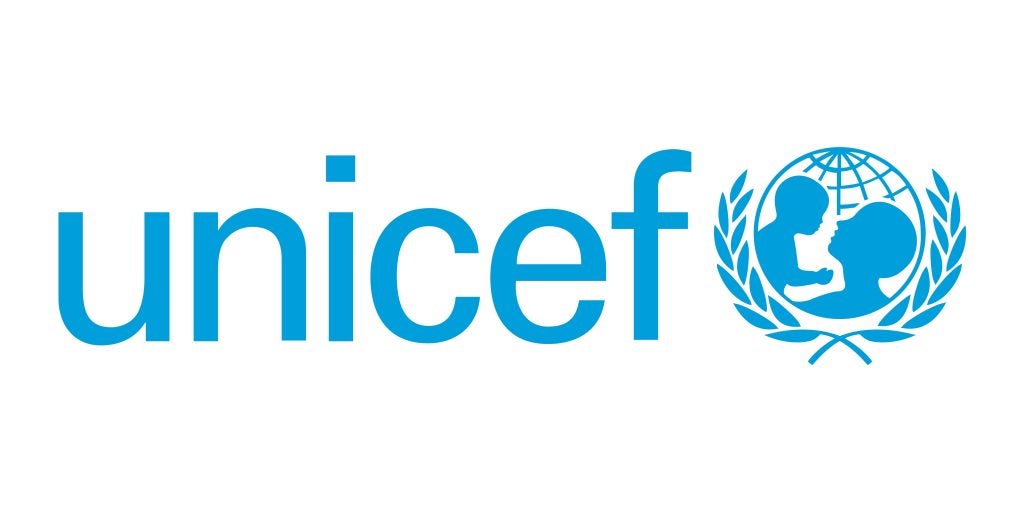The SEPA initiative arguably ranks as
the boldest restructuring of a payments system ever attempted – but
one that has so far produced more disappointment than progress.
VocaLink’s Fred Bär provides EPI with insight into the current
state of play and the payment processor’s view on prospects for
SEPA.
The Single Euro Payment Area (SEPA),
hailed by its promoters as holding the potential to provide the
eurozone’s GDP with a boost of up to 3 percent, crossed the
two-year mark on 28 January 2010 since the introduction of SEPA
credit transfers (SCT) in 2008. SEPA direct debits (SDD) followed
in November last year.
With these two key elements in place, EPI
asked Fred Bär, head of UK payments processor VocaLink’s euro
services business unit, for his view on the current state of play
in the grand SEPA vision.
“It’s a mixed picture, but adoption [of SEPA]
is picking up speed” said Amsterdam-based Bär, who, until joining
VocaLink some six months ago, was senior adviser to the European
Bankers Association (EBA) and executive vice-president at payments
processor Equens.
Bär said that SEPA progress had been
detrimentally impacted by the financial crisis and varied widely
across the 32 European Union (EU) member states making up SEPA.
Some are “leaping ahead” while in others progress is minimal.
How well do you really know your competitors?
Access the most comprehensive Company Profiles on the market, powered by GlobalData. Save hours of research. Gain competitive edge.

Thank you!
Your download email will arrive shortly
Not ready to buy yet? Download a free sample
We are confident about the unique quality of our Company Profiles. However, we want you to make the most beneficial decision for your business, so we offer a free sample that you can download by submitting the below form
By GlobalDataAmong those making major strides is Belgium
where, said Bär, SEPA products accounted for about a quarter of
payments traffic in January 2010. In Spain there has also been
significant progress, with SEPA products accounting for 13.6
percent of traffic in the fourth quarter of 2009.
Where there is notable SEPA progress, Bär said
it is being driven by public administrations (PA) who have been
spurred on by the European Commission (EC) and European Payments
Council (EPC) to lead the way. He added that SEPA products are set
to receive a solid boost on 1 July 2010 when Belgium, Spain and the
Netherlands migrate tax payments to SEPA.
According to the EC, PAs account for 45
percent of the eurozone’s GDP and about 15 percent to 20 percent of
all credit transfers, thus making adoption of SEPA by PAs
fundamental to its success.
Serious laggards
Overall progress towards full SEPA
migration remains disappointing, with the EC’s second SEPA progress
report released in November 2009 showing that SCTs accounted for
only 4.5 percent of all credit transfers in the eurozone in August
2009. Adoption of SEPA by PA’s has also been poor, with only 1.5
percent having migrated to SCTs as at 30 September 2009. There are
two notable exceptions, Luxembourg and Slovenia, where PA’s had
achieved SCT rates of 100 percent and 60 percent, respectively.
Among major SEPA laggards are France and
Germany. Bär noted that SEPA progress in Germany “is at a
standstill”, while in France development was seriously impacted by
the French Banking Federation announcement in December 2008 that
its members had suspended work on SEPA.
Fortunately, the French banking industry’s
hold on development was for a 12-month period and some progress is
now again being seen, said Bär.
However, the EC has conceded that the original
deadline set by the EPC for critical mass for both SCT and SDD to
be achieved by the end of 2010 is unrealistic. In its SEPA progress
report, the EC noted that based on current SCT migration data and
migration plans by PAs to start using SCT, the SCT migration rate
would reach only 20 percent by the end of 2010 and 30 percent by
the end of 2011.
The road ahead
Bär stressed that to achieve meaningful
progress in major eurozone countries such as Germany, France and
Italy setting of a firm end-date for SEPA migration is vital. Moves
in this direction are already underway, he added, following the
EU’s Economic and Financial Affairs Council’s decision in December
2009 to call on the EC to assess whether legislation is needed to
set a SEPA end date (or dates). The EC’s decision is due in June
2010, said Bär.
“The consensus is that an end date in 2013 or
2014 should be set,” he said. “Pessimists say add two years to
that.”
In its decision, the EC will also have to
consider a phased end-date with, for example, SCTs which have a
head-start coming first followed by SDD perhaps two years
later.
Bär continued that if the end-date is set,
say, in early 2013, there will be a need to do a lot of work in a
short period, leaving very little scope for innovation as part of
the process. He stressed that five years would be a more suitable
horizon for an end date because this is more in keeping with the
normal replacement cycle for banking systems and will provide
sufficient time for innovation.
“For consumers SEPA offers more protection but
SEPA is really not a big issue for them,” said Bär.
Where there is benefit to be had, it is for
large international corporates. For corporates a big benefit would
be SEPA electronic invoicing, which research firm Capgemini
Consulting has estimated holds the potential to result in cost
savings equal to 0.8 percent of the EU’s GDP. Unfortunately, though
a lot of analyses on SEPA e-invoicing have been done over the past
several years, a great deal of skepticism prevails, Bär said.
Notably, a survey published in September 2009
by the UK-based Financial Services Club (FSC), which numbers
VocaLink among its sponsors, found that SEPA has strong support
among banks but not among corporates and other end-users.
When respondents were asked why SCTs are
taking so long to take off, 27 percent said it is because there is
no motivation because there is no end-date. A further 22 percent
felt it was because everyone is unsure of benefits to be gained
from SCTs.
Ominously, the FSC concluded that SEPA is
progressing far too slowly to be convincing, and if new SDD schemes
are not demonstrating critical mass within 18 months SEPA will be
deemed a failure.
For VocaLink, success of SEPA would vindicate
its significant commitment to the eurozone.
“We [VocaLink] are betting a big part of our
future expansion to be in Europe,” said Bär.
VocaLink aims to be a big player in the SEPA
and has already brought five UK banks onto its SEPA platform, he
added. He continued that VocaLink is waiting for the wind of
progress to “blow again” and remains confident that a pick-up in
spending on SEPA will “further our cause.” However, he conceded
that a start-up company trying to achieve VocaLink’s objectives in
a SEPA-based eurozone would have been unlikely to have
survived.







